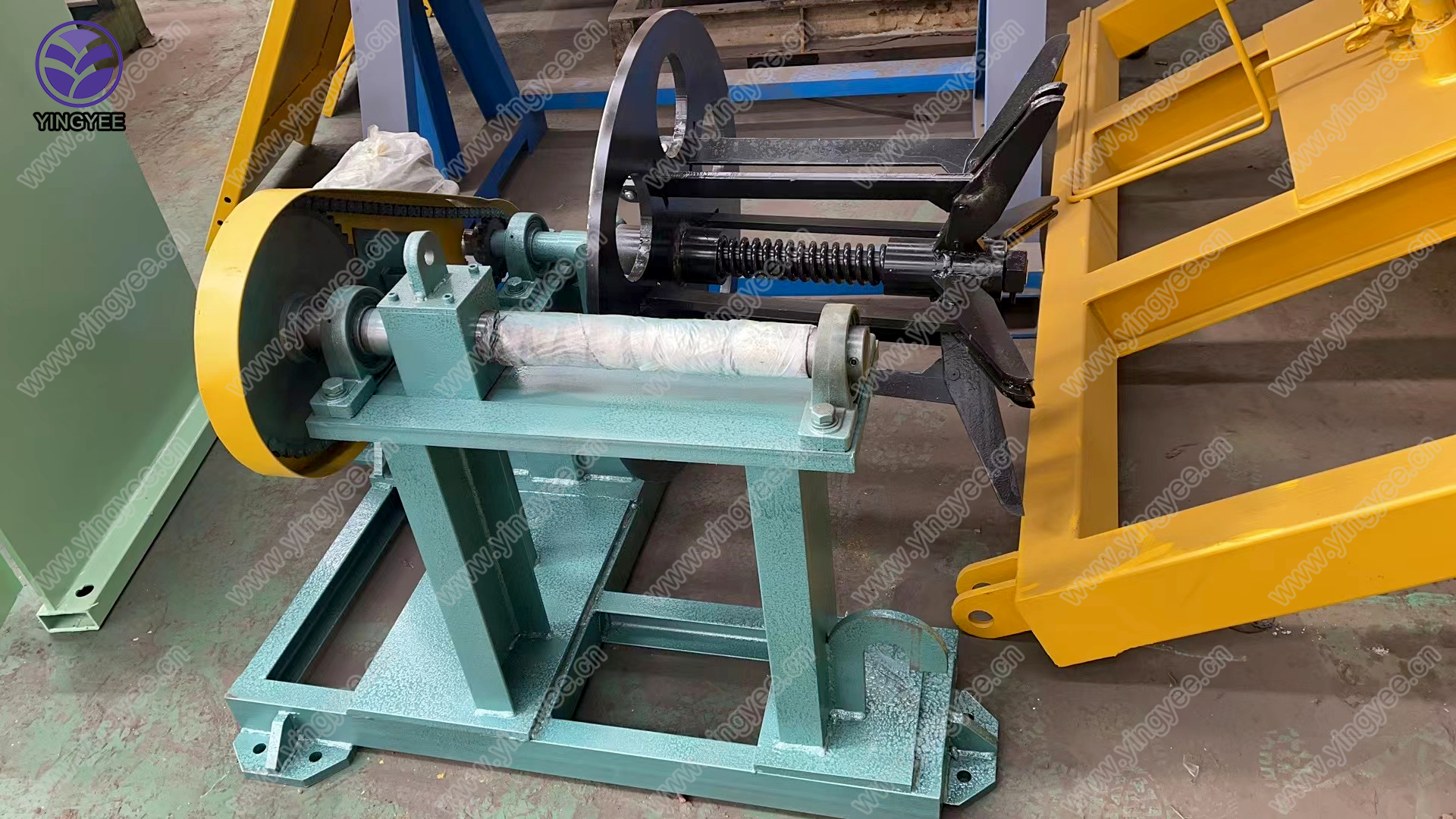
Road Safety Barrier Cold Bending Machine Ensuring Safe and Efficient Road Infrastructure
In today’s rapidly developing world, road safety has become an increasingly critical issue as urbanization and vehicular traffic continue to grow. One of the key components of road safety infrastructure is the road safety barrier, which helps to prevent accidents and protect both drivers and pedestrians. To manufacture these essential barriers efficiently and precisely, modern engineering has developed innovative solutions such as the road safety barrier cold bending machine.
A road safety barrier cold bending machine is a specialized piece of equipment designed to create the necessary bends in metal strips that form the framework of various safety barriers used on roadways. Unlike other bending processes that involve heating the material, cold bending allows for the manipulation of metal at room temperature. This method preserves the integrity of the metal and minimizes the risk of deforming the material, leading to more durable and efficient barrier products.
The primary advantage of using a cold bending machine is its ability to produce complex shapes and designs tailored to specific road safety needs. Manufacturers can create barriers with varying heights, widths, and curvature without compromising the structural strength of the material. This versatility is critical, as different road environments may require unique safety solutions, including guardrails on highways, pedestrian barriers in urban areas, and crash barriers at construction sites.
Using a cold bending machine also streamlines the production process. Traditional methods often involve multiple steps and significant labor intensity, leading to higher costs and longer manufacturing times. In contrast, modern machines automate many of these processes, increasing productivity and reducing the likelihood of human error. Additionally, the efficiency of cold bending technology allows manufacturers to meet all safety regulations and quality standards while keeping pace with increasing demand for road safety installed products.

Safety is paramount when it comes to road infrastructure, and road safety barriers play a crucial role in protecting lives. A high-quality barrier can significantly reduce the severity of accidents, and the precision provided by cold bending machines ensures that the barriers meet engineering standards required for impact resistance and durability. These machines are designed with advanced technology to ensure consistent quality in production, ensuring that every barrier performs effectively in real-world conditions.
Beyond production efficiency and safety, the cold bending process also contributes to sustainability efforts in the manufacturing industry. By minimizing waste and reducing the need for resource-intensive heating processes, manufacturers can produce road safety barriers with a lower carbon footprint. This aligns with global trends toward more eco-friendly practices in all sectors, including construction and infrastructure development.
Furthermore, advancements in technology have led to the incorporation of smart features within the design of road safety barriers. Some modern barriers integrate sensors and communication systems that provide real-time data on traffic conditions, weather impacts, and structural integrity. These innovations raise the functionality of road safety barriers beyond mere physical barriers, transforming them into critical components of a smart transportation system.
In conclusion, the road safety barrier cold bending machine is a pivotal tool in enhancing road safety infrastructure. By enabling precise, efficient, and sustainable manufacturing of high-quality barriers, this technology supports the ongoing drive to create safer roads. As urban areas continue to evolve and traffic demands increase, the development and application of innovative machinery like the cold bending machine will undoubtedly play a significant role in safeguarding lives, enhancing road safety, and contributing to the sustainable growth of our road networks.